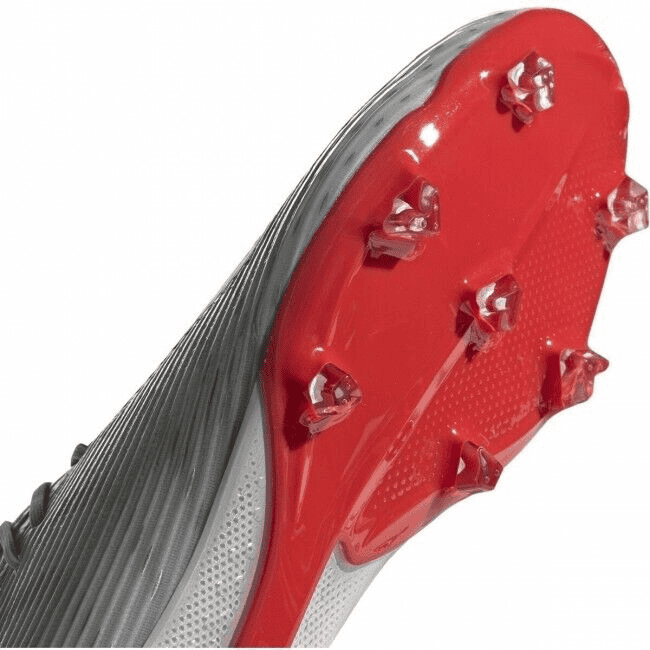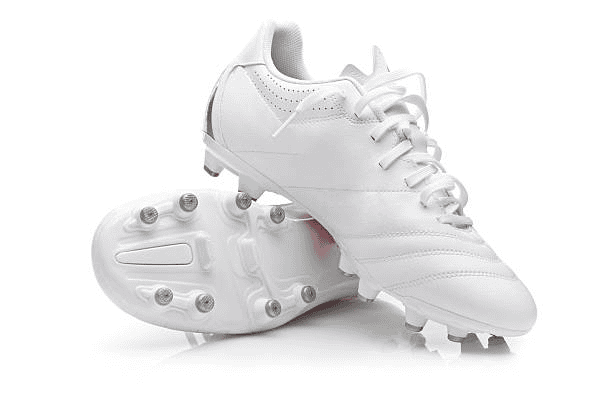In the world of soccer, every detail matters, and the soccer cleat bottom is no exception. These seemingly insignificant parts of your soccer shoes play a pivotal role in determining your performance on the field. From traction to stability, agility to control, understanding the intricacies of soccer cleat bottoms can be the key to unlocking your true potential.
The Anatomy of Soccer Cleat Bottoms
Before we delve into the details, let’s understand the components that make up a soccer cleat bottom.
- Outsole: The outermost layer of the cleat, usually made of durable rubber or thermoplastic polyurethane (TPU). It provides traction and grip on various playing surfaces;
- Studs or Blades: These are the protruding elements on the outsole that come into contact with the ground. They vary in shape, size, and configuration, designed for different playing conditions;
- Midsole: Positioned between the outsole and the upper part of the shoe, the midsole provides cushioning and support to the foot;
- Insole: The inner sole of the shoe, offering additional comfort and sometimes featuring extra cushioning or arch support.
The Science Behind Soccer Cleat Bottoms
The technology behind soccer cleat bottoms has evolved significantly over the years. Manufacturers continually strive to enhance players’ performance by optimizing the design and materials used.
- Stud Configuration: Variations for Performance: The arrangement of studs greatly affects traction and maneuverability. Conical studs are ideal for versatile play, while bladed studs offer stability for quick movements;
- Material Matters: From Leather to Synthetic: The choice of material impacts weight, comfort, and durability. Leather cleats provide a classic feel and mold to the foot, while synthetic materials offer water resistance and lighter weight.
Selecting the Right Soccer Cleat Bottoms
- Playing Surface and Stud Length: Adaptability to different playing surfaces is essential. Longer studs are suitable for wet or soft ground, while shorter studs are better for firm ground or artificial turf;
- Foot Type and Shape: Consider your foot arch, width, and shape when choosing cleats to ensure a comfortable fit and prevent potential injuries;
- Playing Position: Different positions demand specific features. Strikers may prioritize agility, while defenders may focus on stability and grip.
Soccer Cleat Bottom Innovations
- Molded vs. Detachable Cleats: Molded cleats are fixed to the outsole, offering durability and convenience. Detachable cleats allow players to swap studs for varying playing conditions;
- Anti-Clogging Technology: Cleats with anti-clogging features prevent mud and debris from building up, ensuring consistent traction throughout the game.
Maintaining Soccer Cleat Bottoms
Proper care and maintenance can prolong the life of your cleats and optimize their performance.
- Cleaning: After each game, remove dirt and mud, and let them air dry. Avoid using a washing machine or dryer, as it can damage the materials;
- Storage: Store your cleats in a cool, dry place, and use shoe trees to maintain their shape.
Comparison Table: Top Soccer Cleat Bottoms in the Market
Here’s a comparison table of some popular soccer cleat bottoms:
| Brand | Model | Stud Configuration | Material | Playing Surfaces |
|---|---|---|---|---|
| XYZ Sports | TurboX II | Conical | Synthetic | Firm Ground, Turf |
| ABC Athletics | Precision 4D | Bladed | Leather | Wet Ground, Soft Ground |
| PQR Performance | NitroGrip Pro | Hybrid (Detachable) | TPU | All Surfaces |
Exploring Soccer Cleat Bottom Innovations
Dynamic Stud System: Adapting to the Field
The dynamic stud system is designed to adjust the stud length automatically based on the playing surface. When playing on soft ground, the studs lengthen to offer optimal traction. Conversely, on firmer ground, the studs shorten to provide stability during quick movements.
Ultralight Carbon Fiber Outsole: Swift Agility
The use of carbon fiber in the outsole construction reduces the overall weight of the cleats, enhancing speed and agility on the field.
Soccer Cleat Bottom Maintenance Tips
To ensure your soccer cleats last longer and perform at their best, follow these maintenance tips:
1. Pre-Game Inspection: Before every match, inspect your cleats for any signs of wear, loose studs, or damage. Address any issues promptly to avoid potential problems during the game;
2. Proper Drying: After playing on wet surfaces, remove excess moisture by patting the cleats with a dry cloth. Never leave them in direct sunlight or near a heater, as excessive heat can warp the materials;
3. Stud Replacement: If you have detachable studs, regularly check them for wear. Replace worn or damaged studs with new ones to maintain optimal traction.
Soccer Cleat Bottoms for Different Field Conditions
Different playing surfaces demand specific cleat designs for maximum performance:
1. Firm Ground (FG) Cleats: Designed with conical or bladed studs, these cleats offer excellent traction on natural grass fields with dry or slightly damp conditions;
2. Soft Ground (SG) Cleats: Equipped with longer studs, SG cleats are ideal for wet, muddy, or soft natural grass fields, providing enhanced grip and stability;
3. Artificial Turf (AG) Cleats: Featuring shorter, more numerous studs, AG cleats are designed for artificial turf surfaces, providing improved traction without excessive pressure;
4. Indoor Cleats: These cleats have flat outsoles and are suitable for indoor soccer and futsal courts, providing grip and maneuverability on hard, smooth surfaces.

The Future of Soccer Cleat Bottom Technology
The world of soccer cleats is constantly evolving, and manufacturers are continuously pushing the boundaries of technology. Here are some futuristic innovations to look forward to:
- Smart Cleat Bottoms: Cleats integrated with sensors and microchips to analyze players’ movements and provide real-time performance feedback;
- Adjustable Stud Length: Cleats with adaptable studs that players can adjust on the fly, enabling them to customize their traction according to their immediate needs;
- Sustainable Materials: Environmentally friendly cleats made from recycled materials or biodegradable components, reducing their ecological footprint.
Conclusion
Mastering the secrets of soccer cleat bottoms can be the game-changer you need to elevate your performance on the field. Understanding the anatomy, innovations, and how to choose the right cleats for your playing style and field conditions can make a significant difference in your game.
